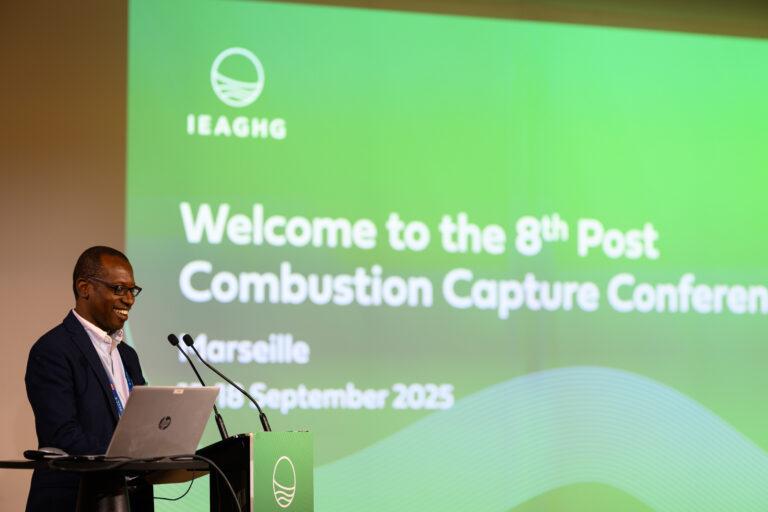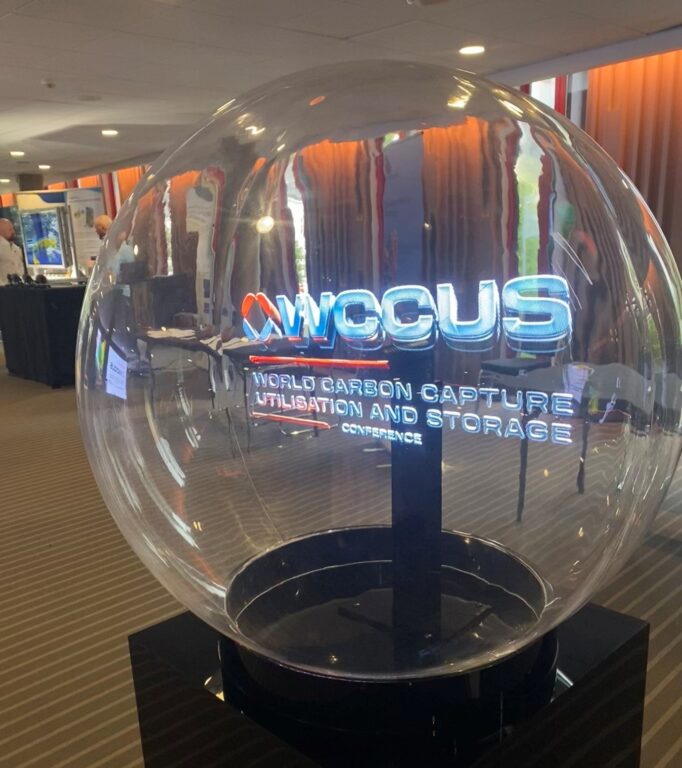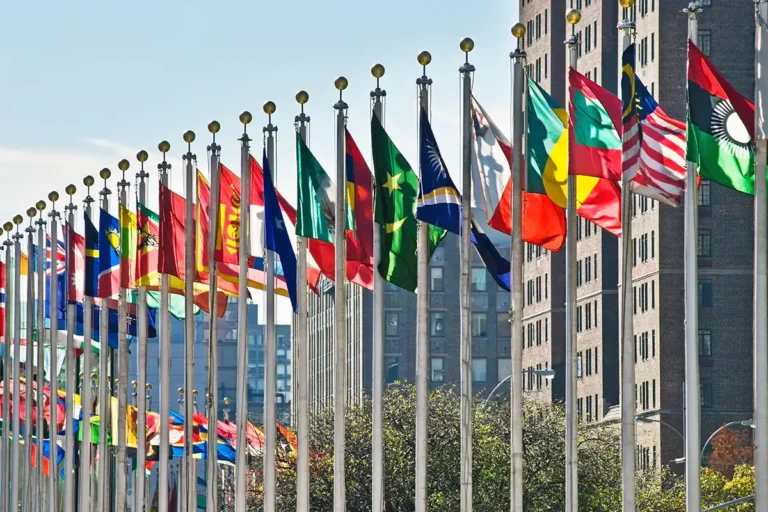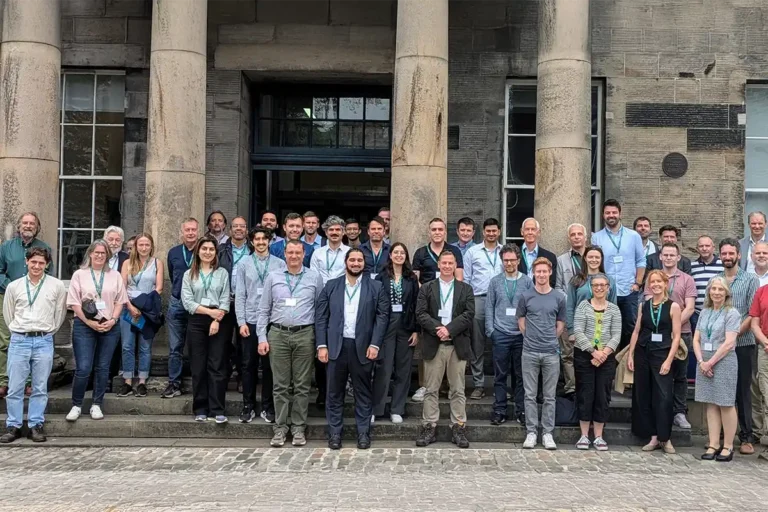
Sharing CO₂ data with the world
13 March 2023


CO₂DataShare is a free at the point of use datasharing platform which allows access to data from four CO2 storage projects in two countries. The intent is that these datasets can be used in the research and development of CO2 storage projects and upskilling of future CCS specialists.With ambitions to expand the range and number of datasets, the CO₂DataShare platform has recently come under the stewardship of the Norwegian CCS Research Centre (NCCS) and was presented at the recent COP27.Led by Grethe Tangen (SINTEF) the project is supported by a committee comprising SINTEF, CLIMIT, Gassnova, US Department of Energy, Equinor, University of Illinois and IEAGHG.
A recent article in Geoforskning on the 10th March by Ronny Setså interviewed one of the CO₂Datashare’s founders and committee member Philip Ringrose about his involvement with CO₂DataShare and his recent presentation at the CLIMIT Summit in Larvik Norway in February.The following are extracts from that article.
“The goal is to accelerate the deployment of CO2 storage globally, and one of the barriers is access to relevant data – this is something we are keen to address” Philip says. Ringrose holds a dual post of Professor at the Department of Geoscience and Petroleum and head of research at the Centre for Geophysical Forecasting at the Norwegian University of Science and Technology in addition to his post at Equinor as a specialist reservoir geologist.
The first dataset that was made available on the CO₂DataShare digital portal was in 2019 from Equinor’s Sleipner project where up to 1 Million tonnes of CO2 has been captured and reinjected each year since 1996. Ringrose highlights how Sleipner was one of the first CCS projects in the world and research organisations and companies have for years used this as a reference for CO2 storage and now they are able to access quality data from the project.
Datasets from the Johansen formation, Smeaheia and 4D seismic from Sleipner have subsequently been added to the platform. This has been made possible due to a close relationship with the data owners and the researchers at SINTEF who have developed the platform.
The Johansen formation is the reservoir candidate and potential storage site offshore SW Norway for the Northern Lights project, part of the Norwegian State financed CCS Longship project. Smeaheia is a potential CO2 storage site being developed by Equinor which can potentially store up to 20 million tonnes of CO2 per year, equivalent to almost 40% of Norway’s emissions.
The Decatur project in Illinois, USA is the fourth project offering data on the site. Provided by the University of Illinois and supported by CLIMIT and the US Department of Energy (US DOE), and includes a comprehensive dataset from pre-injection, injection period (2011-2014) and post-injection period.
The datasets from these four projects in two countries have proved extremely popular as evidenced by the following statistics:
- To date over 28 000 data components have been downloaded since 2020 (one dataset comprises several components)
- Sleipner Benchmark: has been downloaded 6000 times by 1500 users.
- Sleipner 4D seismic: over 10 000 downloads by 1000 users.
- Smeaheia: 8400 components have been downloaded by ~1000 users.
Ringrose explains that users can use the data to plan their own CCS projects, test models, technology and concepts on real data. Manipulation of the data made available can aid competence building and education of future CCS experts.
The ambition is for the platform to grow and include a wider portfolio of projects from more countries. Norway has a strong culture of open data sharing and other countries such as the UK, Netherlands, Australia and Canada are active with CCS projects and would be welcome to share projects. The US has its own datasharing portal EDX where projects are openly shared.
CO₂DataShare to date has been financed by CLIMIT and the US DOE initially and is now under the wing of the NCCS. Ringrose explains how the data portal partnership are exploring ways to sustainably finance the project for the long term, one option is through the international program for financing ACT (Accelerating CCS Technologies).Partners of ACT include a selection of European countries, India and the USA and financing could lead to more datasets becoming available to share.
At the CLIMIT Summit held in Larvik, Norway in February, Ringrose and his colleagues opened up the possibility that other datasets from Carbon capture and transportation could be included.
Ringrose concludes “we see increasing scientific publications that reference our datasets and show that they have tested concepts and models on the real world data. This is the best feedback you can get.”
IEAGHG are pleased to be part of this initiative, having previously shared the 2010 Sleipner benchmark dataset.
Other articles you might be interested in
Get the latest CCS news and insights
Get essential news and updates from the CCS sector and the IEAGHG by email.
Can’t find what you are looking for?
Whatever you would like to know, our dedicated team of experts is here to help you. Just drop us an email and we will get back to you as soon as we can.
Contact Us NowOther articles you might be interested in
Get the latest CCS news and insights
Get essential news and updates from the CCS sector and the IEAGHG by email.
Can't find what you are looking for?
Whatever you would like to know, our dedicated team of experts is here to help you. Just drop us an email and we will get back to you as soon as we can.
Contact Us Now









